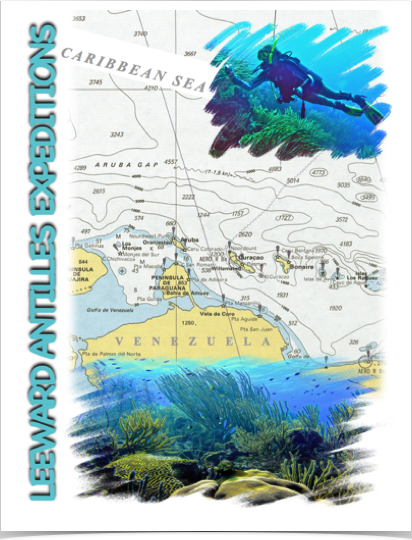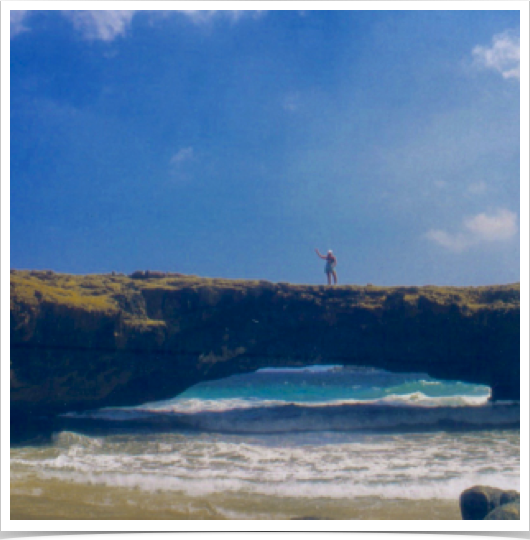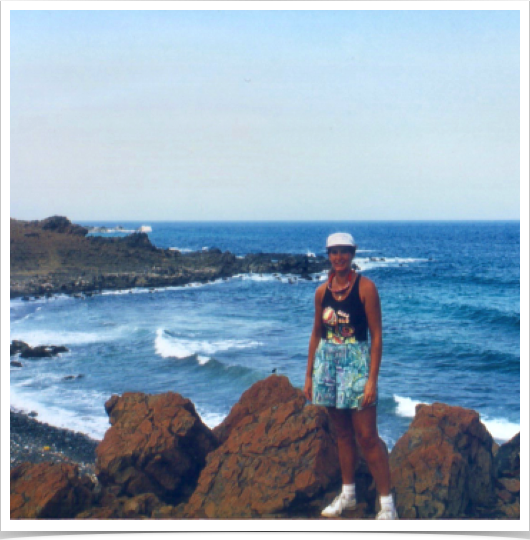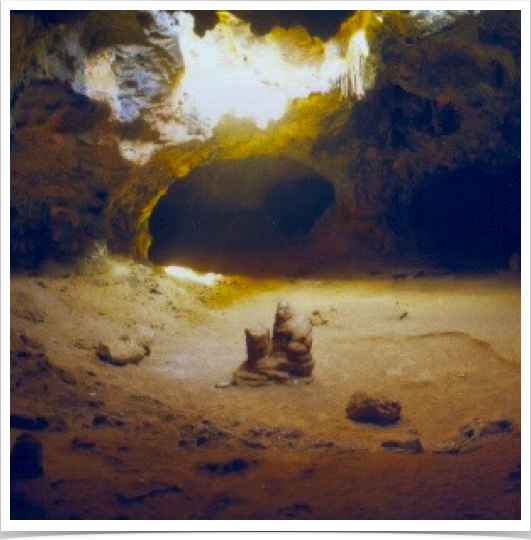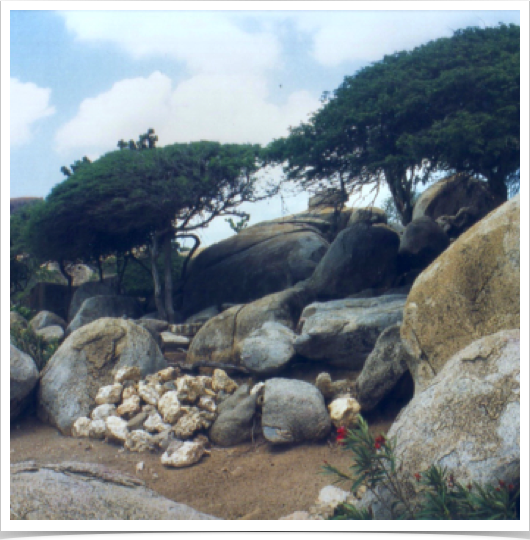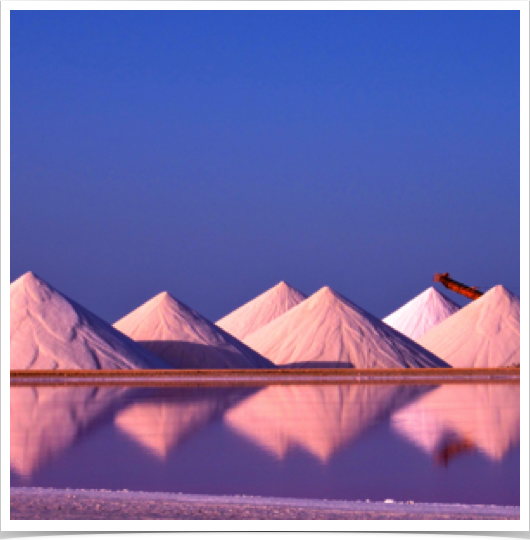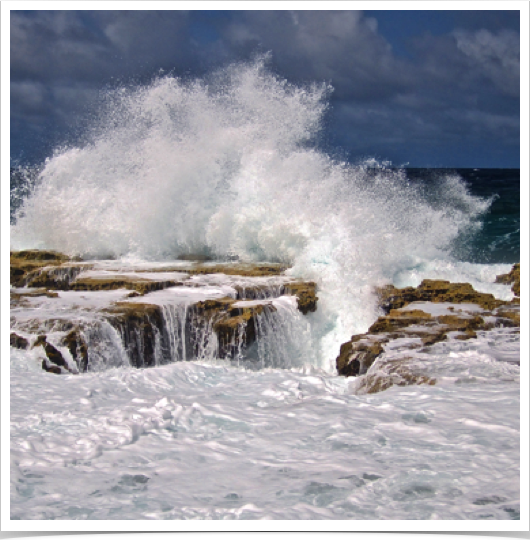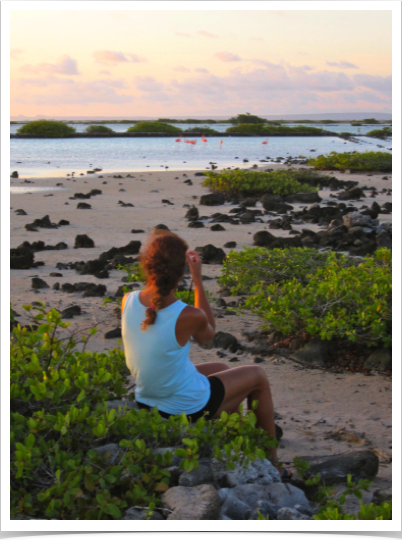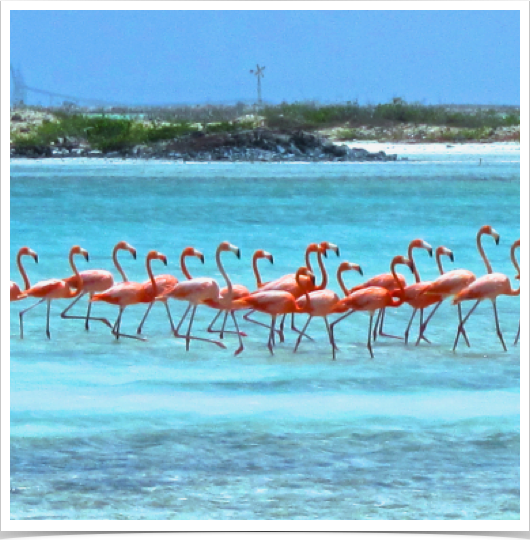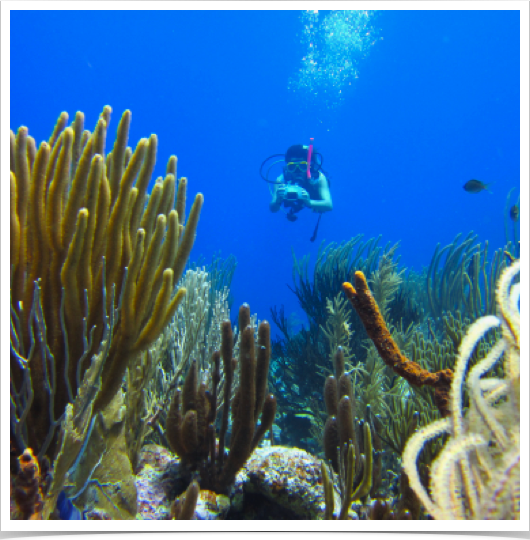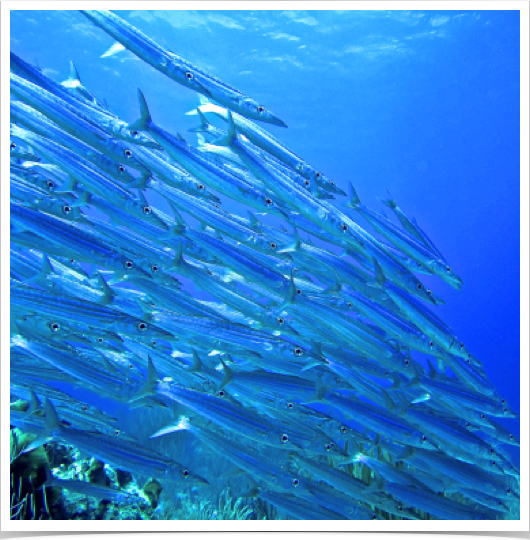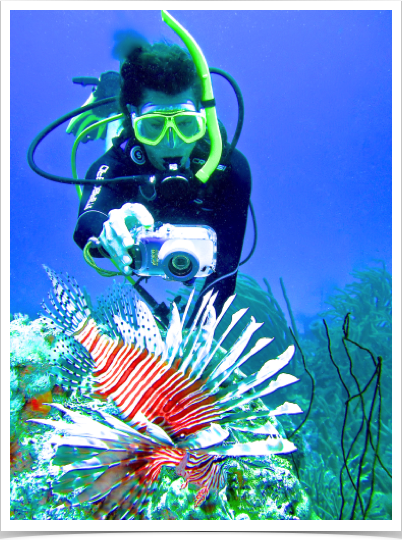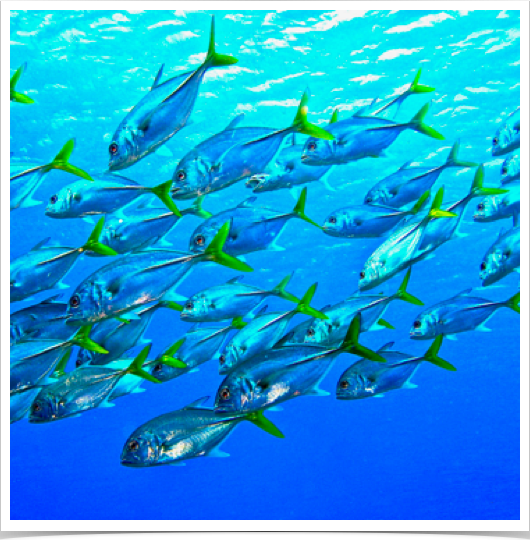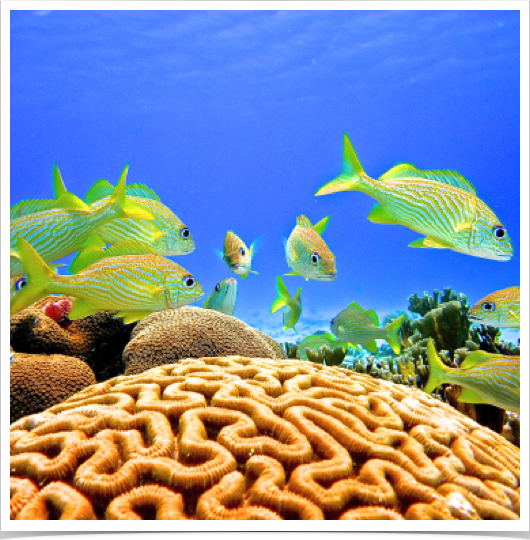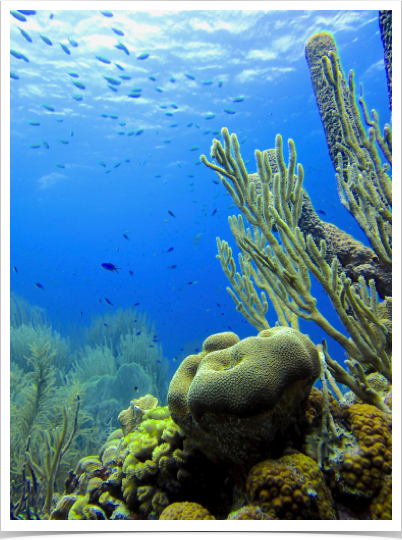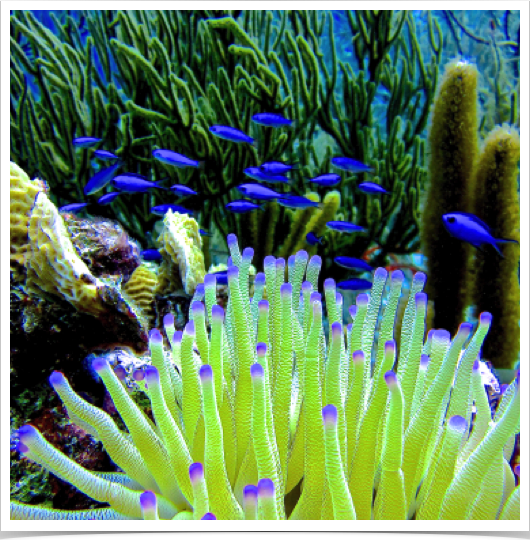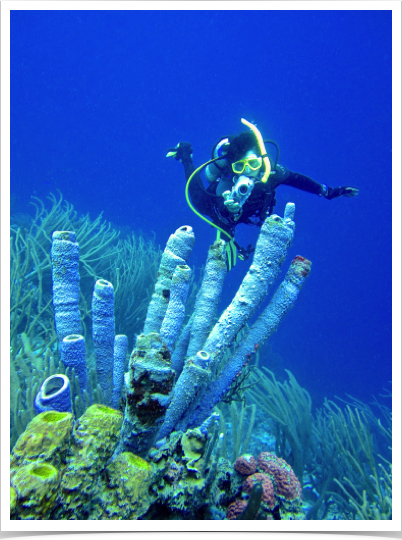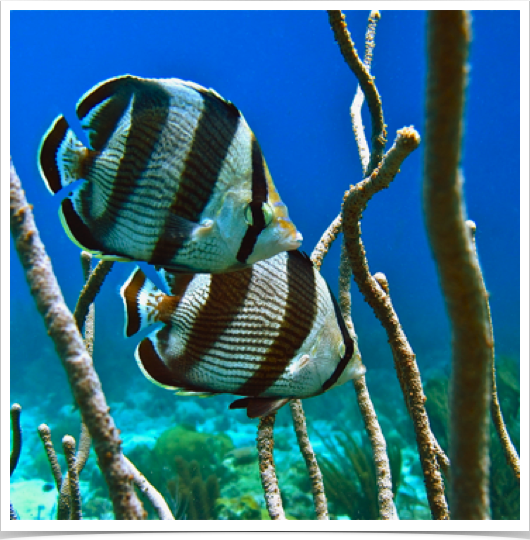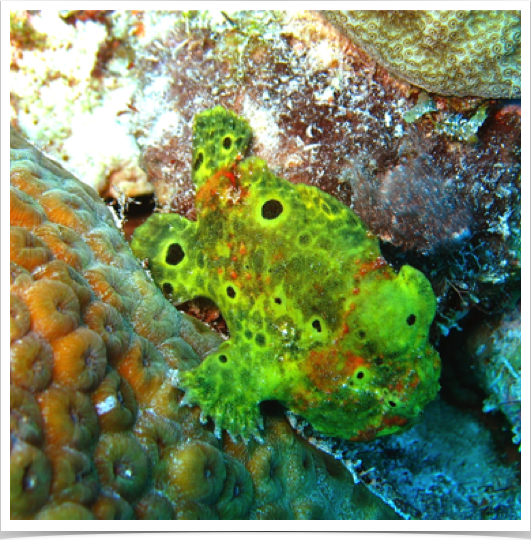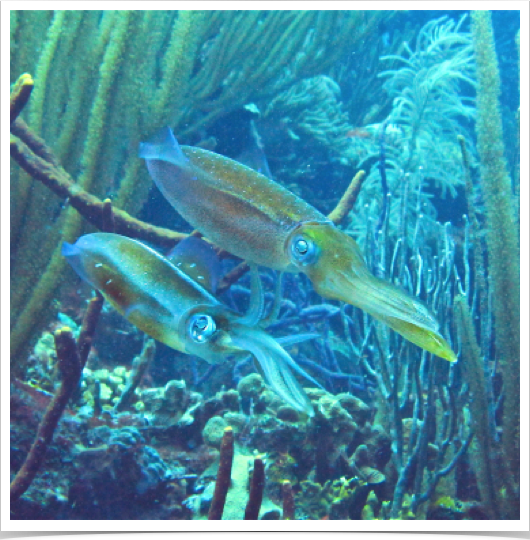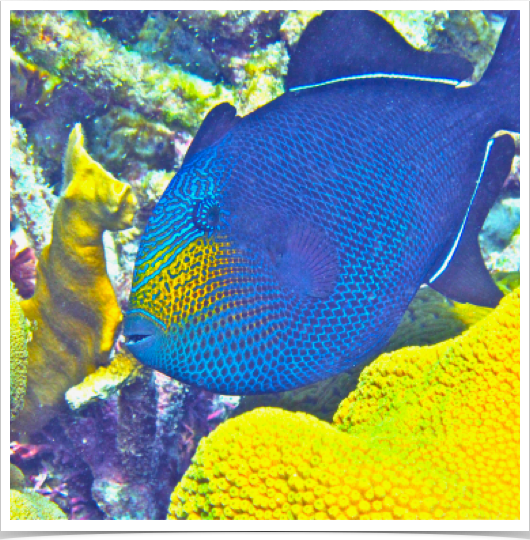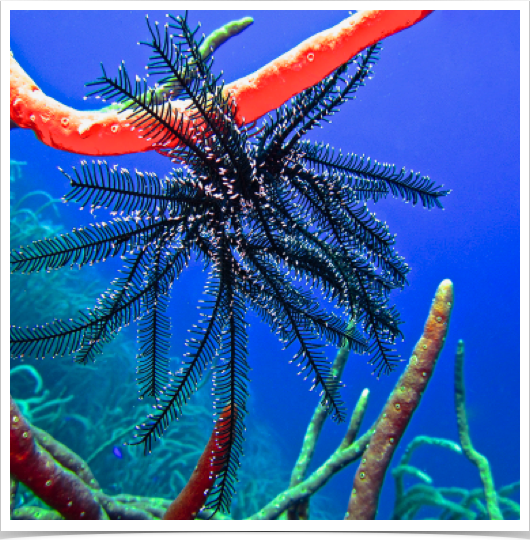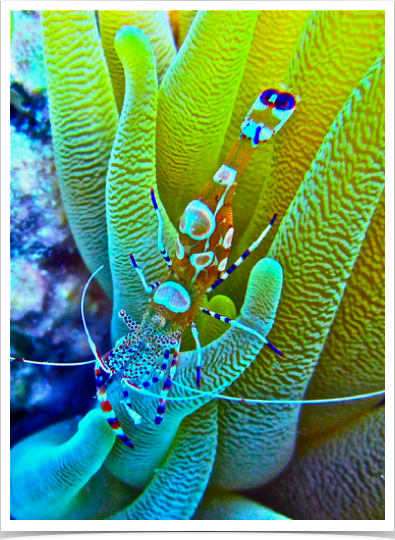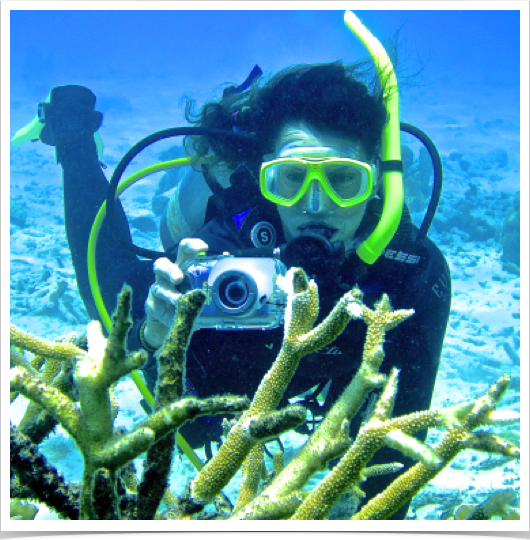SOUTHERN CARIBBEAN
The Leeward Antilles, a chain of islands, are located in the southern Caribbean, along the southeastern fringe of the Caribbean Sea offshore northern Venezuela. They are also called the ABC Islands and from west to east include Aruba, Curaçao, and Bonaire. The Leeward Antilles island arc occurs along the deformed southern edge of the Caribbean Plate and was formed by the plate's subduction under the South American Plate - largely lacking in volcanic activity.
The islands have an atypical hot desert climate, in which there is an excess of evaporation over precipitation. Surfaces on these islands hold little moisture and evaporate the little rainfall they receive. In addition, Guajira-Barranquilla xeric scrub is the most common vegetation on these islands. The islands are very dry as they lie north of the Inter-tropical Convergence Zone and are not exposed to moisture from the northeast trade winds. The ABC islands have a huge variety of wildlife, including flamingoes, four species of sea turtle, and one of the highest coral reef biodiversities in the Caribbean. For more than two decades, Dr. Alshuth explores the islands' coral reefs, seasonal changes in oceanographic conditions, non-invasive species and other anthropogenic marine impacts on reef communities.
Click on any picture below to start slide show.
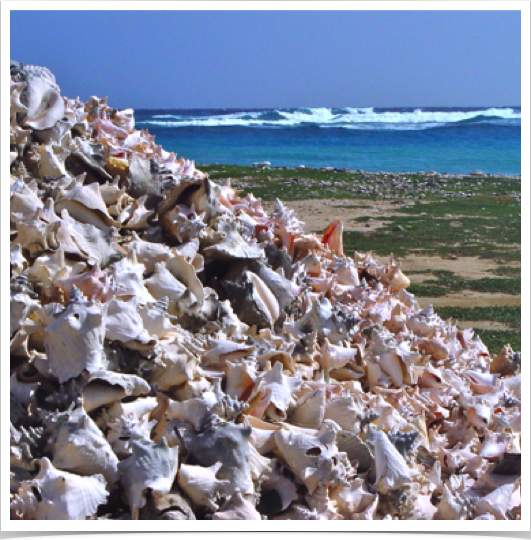
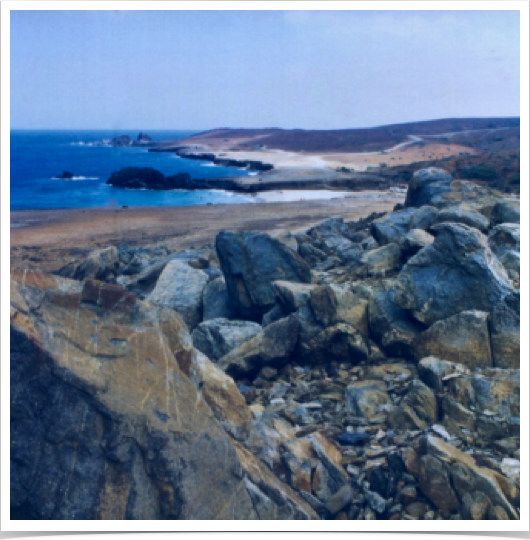
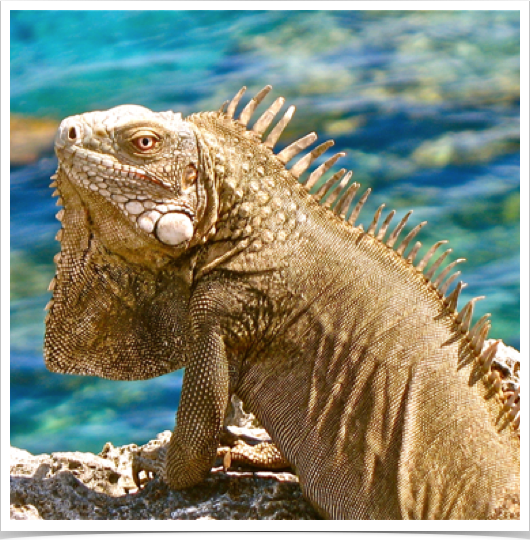
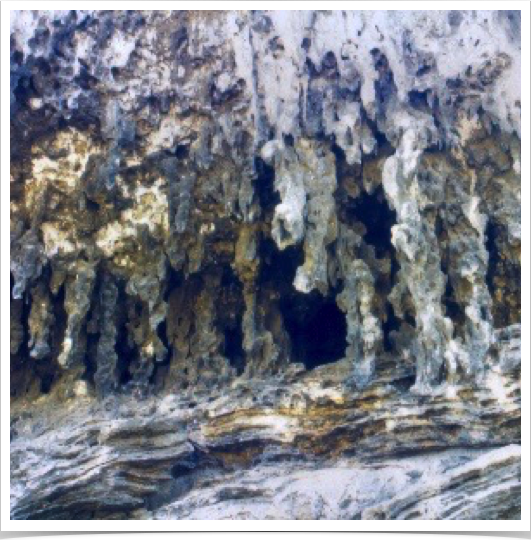
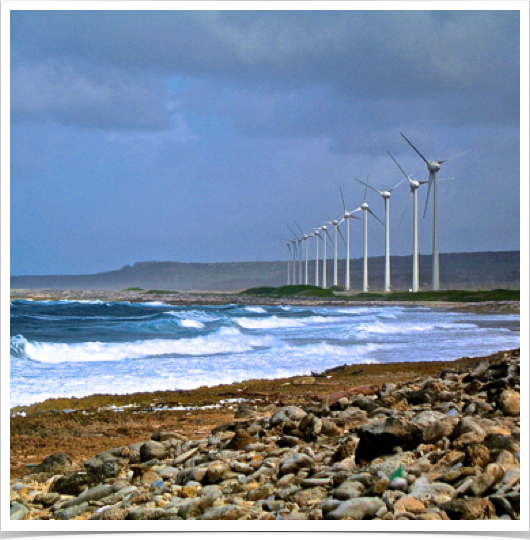
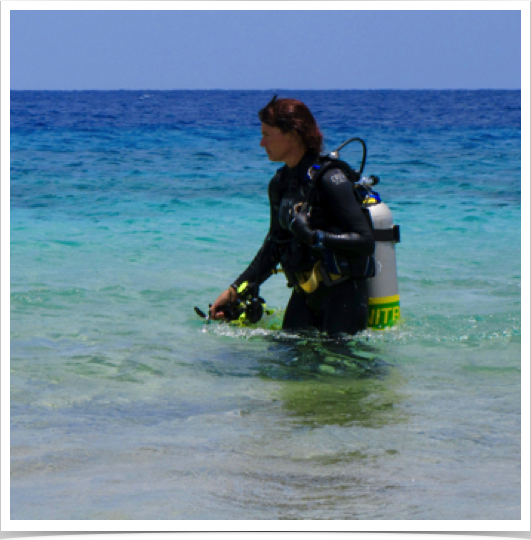
LEEWARD ANTILLES
Home / Your Professor / Biography / Research / Expeditions / Tropical Oceans & Seas Expeditions / Atlantic Expeditions / Leeward Antilles
